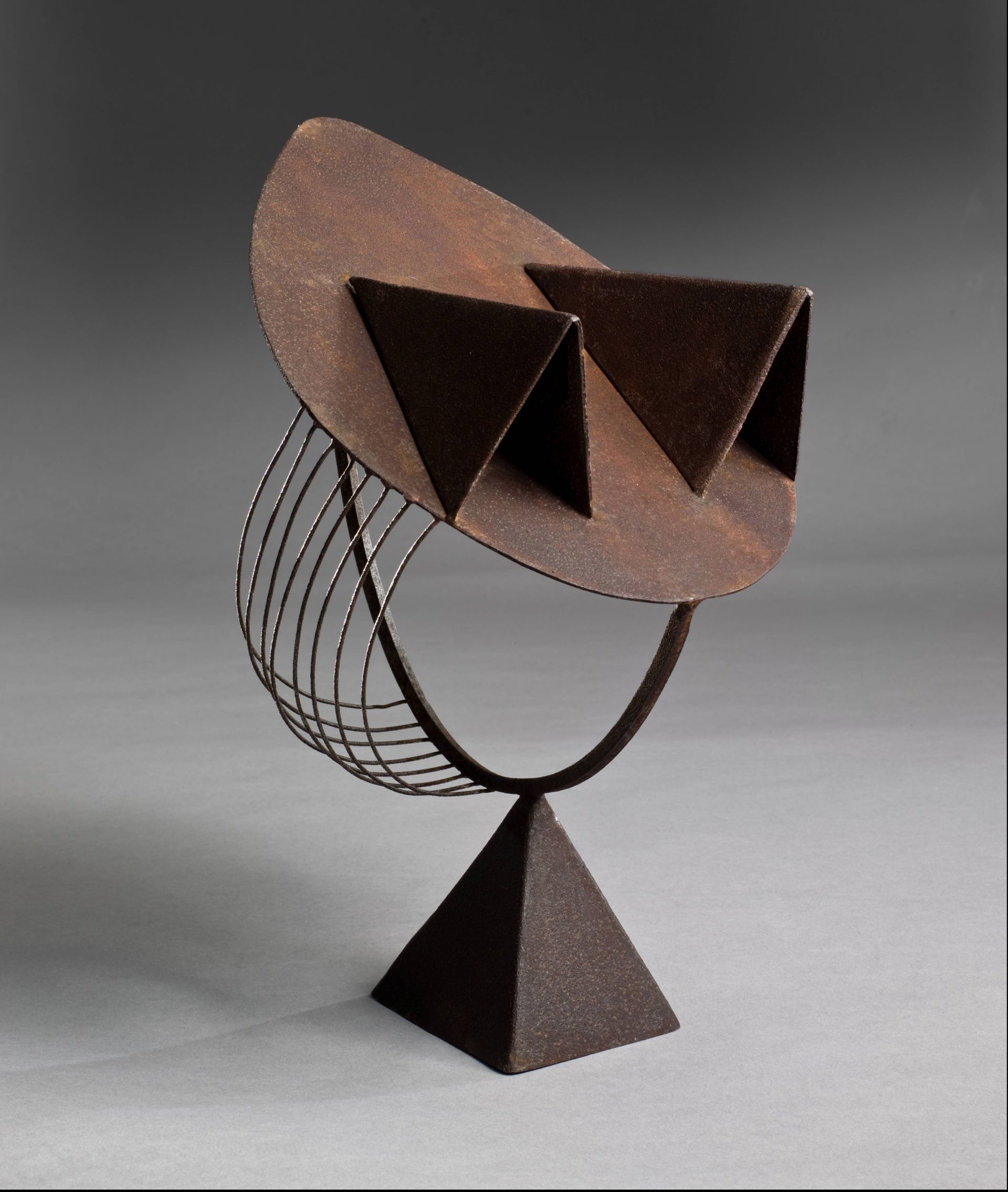In 1933, the Durand-Ruel gallery in New York staged a pioneering show of paintings by André Derain and Fang sculptures from Gabon, Africa: an early explicit link between the Parisian Modernists and the sources they were studying to transcend Western norms of representation. Derain may have been the first of the group to buy an African sculpture, says the tribal art specialist Bernard De Grunne, who has co-organised an updated exhibition with the anthropologist Carlo Severi and the dealer Almine Rech that is designed to trace the works’ continued influence on the trajectory of Western art. Imaginary Ancestors (2 May-15 June), at Almine Rech’s New York gallery, reunites for the first time the original group of Fang sculptures from the 1933 show along with paintings by Derain and Max Pechstein, adding in Abstract Expressionist paintings and topping it off with contemporary semi-abstract works by Joe Bradley, Mark Grotjahn, Matthew Lutz-Kinoy, Ana Mendieta, James Turrell and Erika Verzutti.

While the concept of “primitivism” has been critiqued by scholars of post-colonialism, De Grunne notes that Fang artists, too, borrowed proportions and details from one another across generations and villages and says, “I think this dialogue…is something you see today in contemporary art as well.” Rech points out that Newman, whose Two Edges (1948) she secured from the Museum of Modern Art for the show, argued against a primitivist label for Picasso et al, seeing them instead in search of “something more conceptual, not representing a person but more the idea of the individual, of the human”.


